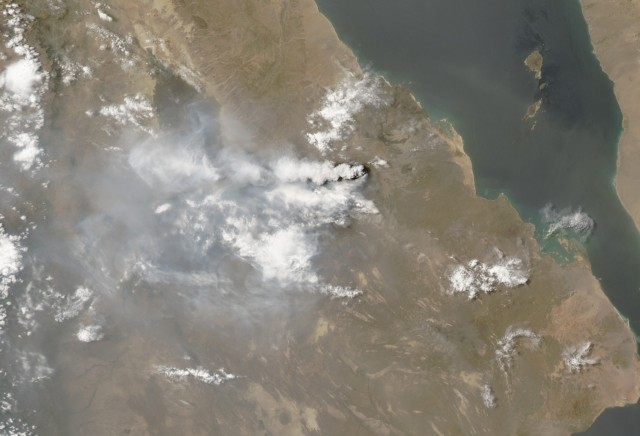Volcanoes had small role in slower surface warming
Ars Technica » Scientific Method 2014-02-27
We’ve covered a number of studies on the slower rise of atmospheric warming in recent years. Those studies have mainly focused on the oceans, the Pacific Ocean in particular, where cool La Niña conditions have dominated due to stronger trade winds, resulting in greater heat uptake by deeper ocean water. But that’s not the only source of short-term climate variability to account for.
Volcanic eruptions also affect temperatures, as they add tiny particles of sulfate (referred to as “aerosols”) to the atmosphere. These particles increase the amount of sunlight that gets reflected back into space, “shading” Earth’s surface. Big eruptions, like Mount Pinatubo in 1991, can lower average global temperatures for a couple years. Huge eruptions, of course, can have a more dramatic impact—like the “Year Without a Summer” in 1816.
We haven’t had any major eruptions since 1991, but there have been plenty of smaller ones. Since 2000, there have been about 17 eruptions large enough to warrant consideration in the context of the global climate. Recently, a group led by Benjamin Santer at the Lawrence Livermore National Laboratory has examined satellite measurements of atmospheric aerosols in order to work out how much of an impact those eruptions have had on the climate.
Read 7 remaining paragraphs | Comments
